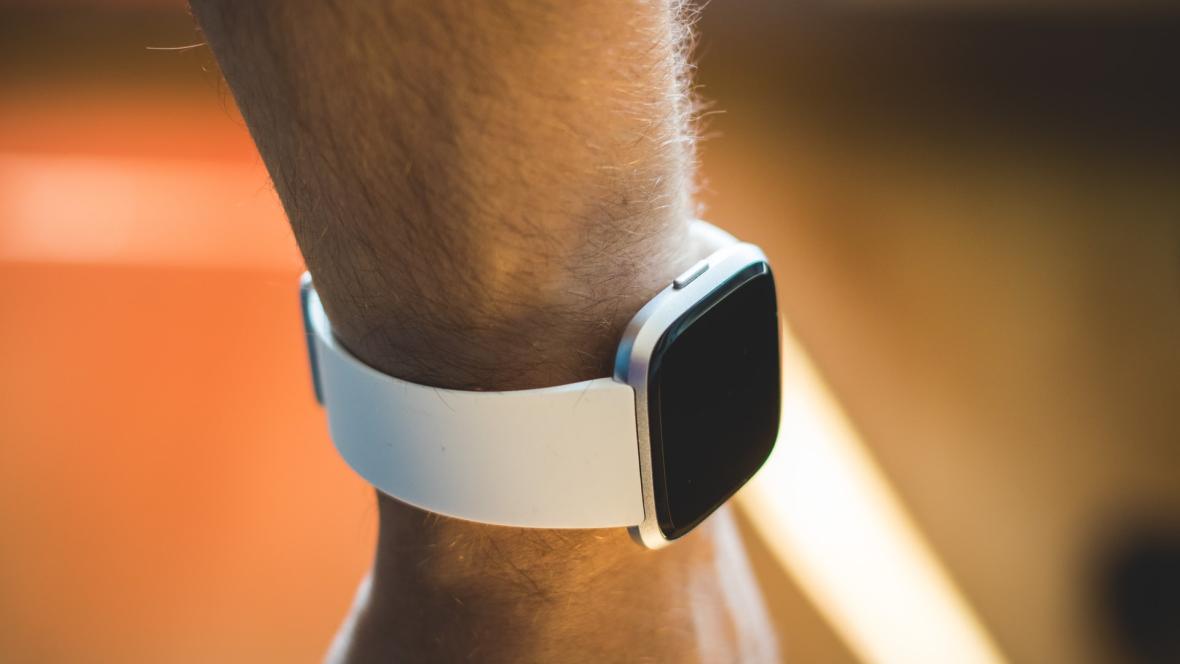Teleassistance: an emergency that cannot be postponed

The urgent teleassistance we need must be proactive and predictive. It is known that more than 850,000 people over the age of eighty live alone in Spain. The situation is very similar in Portugal, where there are currently 10.2 million inhabitants, two of whom are elderly, and Lisbon is spoken of as the oldest European capital, with 25% of the population over sixty-five.
It is always necessary to look at growing longevity with optimism, but to be aware that it also presents challenges and perverse and dangerous social effects such as isolation, fragility and difficult health management.
The red button revolution
Around thirty years ago, the red button represented a great social advance insofar as it made it possible to put an end to the isolation of the elderly, to give more peace of mind to their families and to themselves, with an invaluable sense of protection.
The essential idea of this system is that a button is pressed when an emergency, insecurity, loneliness or isolation situation arises, thus managing to communicate by telephone to receive help.
It was a revolution, there is no doubt about it, but today it is possible and necessary to overcome it. It can be achieved by moving from a "reactive" service to the use of predictive tools, thanks to big data, machine learning, artificial intelligence and all the technologies available to "anticipate", if possible, or detect any health crisis early.
We are facing an enormous journey, since in addition its coverage only reaches 10.41% of the total population over 65, in Spain. After the coronavirus pandemic, we think there will be a positive effect of reviewing this policy by the authorities, which will expand coverage to anticipate health crises and reduce health costs through better prevention, monitoring and early detection of diseases. It is necessary to cover this important gap with technologies that are easy to use, integrated and/or connected to the health system and that generate socialization.
If the essential idea was for decades that of the "button" to be worn, the teleassistance that comes is that of prediction and proactivity, without the need for the "call" of the elder, or having to carry gadgets.
Towards a 4th generation teleassistance
Between the button and the proactive remote assistance I have identified different phases of development. For the last five to seven years, so-called "second generation remote assistance" has been becoming widespread with models with location and sensorization (GPS, panic button and similar). Then, in the last three or four years I have seen companies making relevant advances in telemedicine, integrating it with teleassistance and biometrics (with bracelets that detect and monitor the health status of the elderly and send the data to the corresponding health care centre). I have called this "third generation tele-assistance".
Biometric bracelets and other health alert detection devices have certainly been a breakthrough.
In the near future, very soon, we will see the rise of so-called fourth-generation telecare. This is the attention focused on the person brought into the telecare. With regard to its main characteristics, it is worth noting that:
- It will allow older people to remain independent and safer in their homes, which is where 87% want to be.
- It will improve the quality of life through communication and socialization: artificial intelligence allows to extend capacities to look for a partner or "matchear" friends according to affinities, tastes or preferences.
- It will reduce care costs and operating costs. With less cost, greater perception of attention and protection. As we amplify the coverage network, more learning costs and economies of scale will be generated.
- It will facilitate the daily work of carers, thus increasing their performance and, therefore, the efficiency of home care services which must be perfectly coordinated with telecare and medical services (the response to the needs of people with dependence will be much more effective).
- It will improve the experience of users (with care needs or in a situation of confinement), preventing them from feeling isolated and reducing the feeling of fragility and vulnerability. Telecare services, at present, have received complaints about saturation or poor service that neutralize the sense of protection and generate fear, uncertainty and unacceptable doubts. It is essential to take care of every detail, literally they are vital details, of the user experience.
- It will increase the tranquillity and satisfaction of the family members, whose involvement is essential and important in the reactive attention to the elderly.
- It will collect quantitative data (cause-effect relationships), but also qualitative data (studies on satisfaction and perceived quality reported by users). It will serve as an evaluation element to implement the improvements needed to improve the well-being and quality of life of the elderly population. The development of the big data will be fundamental to see cause and effect relationships and to analyze health and social aspects.
- The telemonitoring of the person connects tele-assistance with tele-medicine, allowing the optimization of the costs of care and the efforts of the elderly for or to receive clinical care, which can now be largely remote (monitoring). Automation, where appropriate, and / or request and reminder of medical appointments will be an important element of tele-assistance, being possible to incorporate extra elements such as digital pillboxes and their alerts, and similar, to improve the adherence to medicines.
- It will allow the early detection through technological devices and IoT (Internet of Things) of the presence of smoke or fire, gas or water leaks, presence of carbon monoxide that may involve a risk or emergency at home ... It is a very important improvement, since many domestic accidents are related to small accidents in the kitchen and similar. It is fundamental and basic to work on the immediate detection of falls.
- It will allow proactive and predictive attention. The idea is not to "depend" on the elderly person pressing a button. My Aunt Concha, who was 75 years old, suffered a stroke, fell to the floor and could not press the red button (her limbs did not respond). She spent fourteen hours alone, lying on the floor. With sensors and fall detectors, this would not happen today.
Advanced teleassistance will ultimately mean a substantial change in service, as it will go from being reactive to proactive, responding not only to emergency situations, but also predicting possible risks to allow for early action. The control of refrigerators, the inclusion of sensors in mattresses, can, without giving the impression of being a "big brother who gossips everything", offer coverage and protection to the greatest, without precedent.
It will make possible a much more personalized attention according to the needs of each person. In this area, it is worth noting that the difference between holders and users of the benefit has been eliminated, with everyone becoming holders, thus extending and personalising the benefit to all members of the family unit who, due to their age or degree of dependency, benefit from it.
The emergency teleassistance is the fourth generation. Proactive. Predictivity based on big data. Sensory. Biometrics and artificial intelligence at the service of a medical and humanitarian treatment to protect and promote the socialization of the elderly.
I would like to end these lines, and I consider it to be fair, by making a review, a tribute, to the wonderful social service that the Cruz Roja has provided to our society with its teleassistance. It deserves everyone's thanks.


